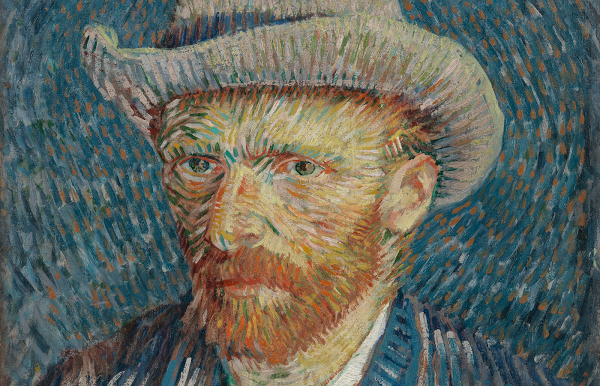Bipolar disorder is characterised by extreme mood swings. These can range from extreme highs (mania) to extreme lows (depression).
Episodes of mania and depression often last for several weeks or months.
Depression
During a period of depression, your symptoms may include:
feeling sad, hopeless or irritable most of the time
lacking energy
difficulty concentrating and remembering things
loss of interest in everyday activities
feelings of emptiness or worthlessness
feelings of guilt and despair
feeling pessimistic about everything
self-doubt
being delusional, having hallucinations and disturbed or illogical thinking
lack of appetite
difficulty sleeping
waking up early
suicidal thoughts
Mania
The manic phase of bipolar disorder may include:
feeling very happy, elated or overjoyed
talking very quickly
feeling full of energy
feeling self-important
feeling full of great new ideas and having important plans
being easily distracted
being easily irritated or agitated
being delusional, having hallucinations and disturbed or illogical thinking
not feeling like sleeping
not eating
doing things that often have disastrous consequences – such as spending large sums of money on expensive and sometimes unaffordable items
making decisions or saying things that are out of character and that others see as being risky or harmful
Patterns of depression and mania
If you have bipolar disorder, you may have episodes of depression more regularly than episodes of mania, or vice versa.
Between episodes of depression and mania, you may sometimes have periods where you have a “normal” mood.
The patterns aren’t always the same and some people may experience:
rapid cycling – where a person with bipolar disorder repeatedly swings from a high to low phase quickly without having a “normal” period in between
mixed state – where a person with bipolar disorder experiences symptoms of depression and mania together; for example, overactivity with a depressed mood
If your mood swings last a long time but aren’t severe enough to be classed as bipolar disorder, you may be diagnosed with cyclothymia (a mild form of bipolar disorder).
Living with bipolar disorder
Bipolar disorder is a condition of extremes. A person with the condition may be unaware they’re in the manic phase.
After the episode is over, they may be shocked at their behaviour. However, at the time, they may believe other people are being negative or unhelpful.
Some people with bipolar disorder have more frequent and severe episodes than others. The extreme nature of the condition means staying in a job may be difficult and relationships may become strained. There’s also an increased risk of suicide.
During episodes of mania and depression, someone with bipolar disorder may experience strange sensations, such as seeing, hearing or smelling things that aren’t there (hallucinations).
They may also believe things that seem irrational to other people (delusions). These types of symptoms are known as psychosis or a psychotic episode.
